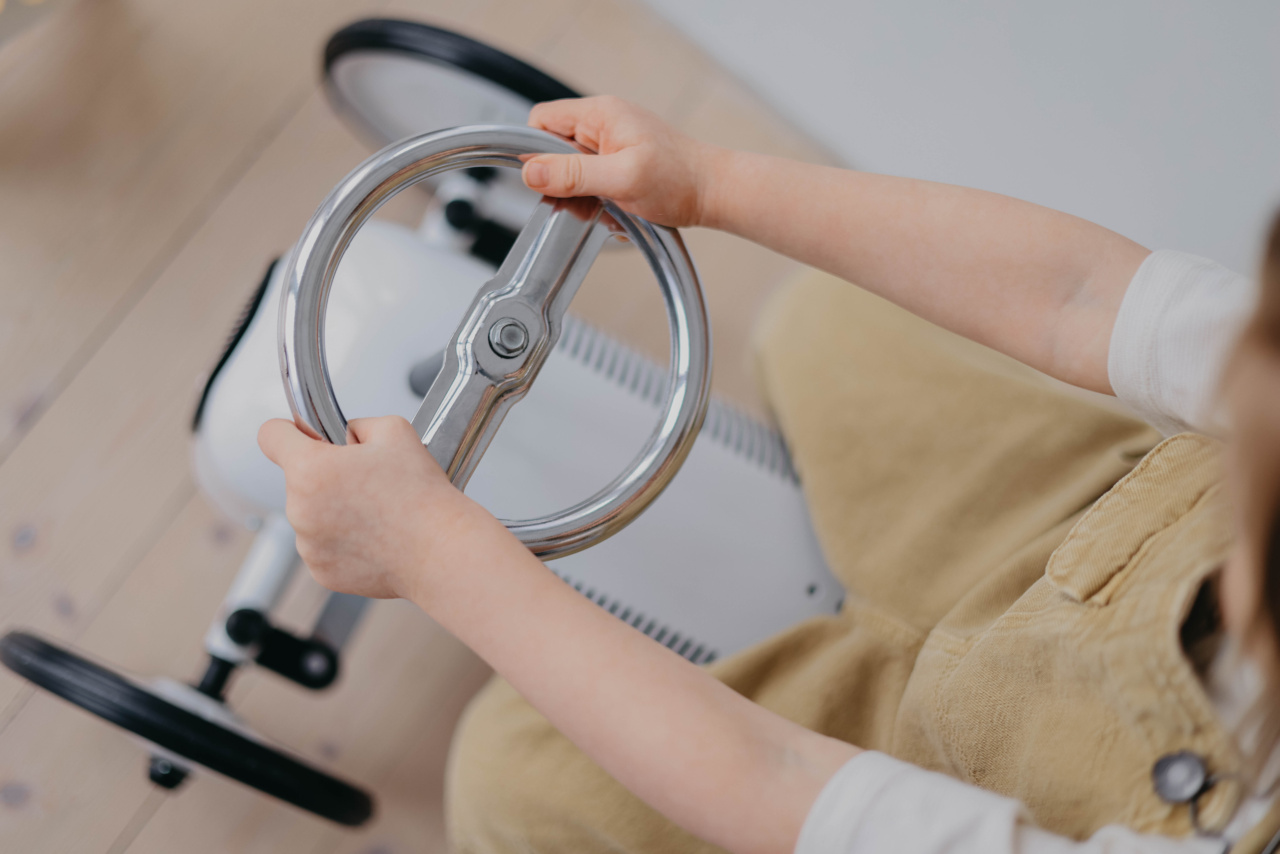As a parent, weaning your child off a pacifier can be a challenging task. Pacifiers have been known to provide a sense of comfort and security to infants and toddlers, making it difficult for them to let go.
However, excessive use of a pacifier can lead to dental problems and can also interfere with your child’s ability to speak clearly. Here are three fun and easy techniques to help wean your child off a pacifier.
Show and Tell
Show and tell can be a very effective way to wean your child off a pacifier. This technique involves explaining to your child why it’s important to stop using a pacifier.
You can talk to your child about all the things they can do without their pacifier, such as drinking from a cup or playing with their favorite toys.
You can also get your child involved in the process by allowing them to choose a replacement item, such as a favorite stuffed animal or blanket.
You can use this item as a comfort object when your child is feeling upset or insecure, instead of using the pacifier.
Cold Turkey Method
The cold turkey method involves simply taking away the pacifier cold turkey. This can be a challenging approach, but it can be effective if done correctly.
Explain to your child that they are a big boy or girl now and that it’s time to give up their pacifier.
Make sure that you are firm and consistent when taking away the pacifier.
You can expect some crying and fussing, but it’s important to stay strong and provide comfort in other ways, such as giving hugs and kisses, or reading a favorite bedtime story.
Gradual Weaning
The gradual weaning method involves slowly reducing the amount of time your child spends with their pacifier. Start by taking away the pacifier during the day and only allowing it at naptime or bedtime.
Over time, widen the time frame between pacifier use by gradually reducing the amount of time your child uses it at each nap or bedtime.
You can also give your child praise and encouragement when they go without their pacifier, such as a sticker or a special treat.
This method can take time, but it can be a gentle way to wean your child off their pacifier without the emotional stress of going cold turkey.
Conclusion
Weaning your child off a pacifier can be a challenge, but using one of these three fun and easy techniques can make the process a little easier. Remember to be patient and consistent, and provide comfort and praise to your child along the way.
Before long, your child will be pacifier-free and well on their way to a happy and healthy childhood.






























